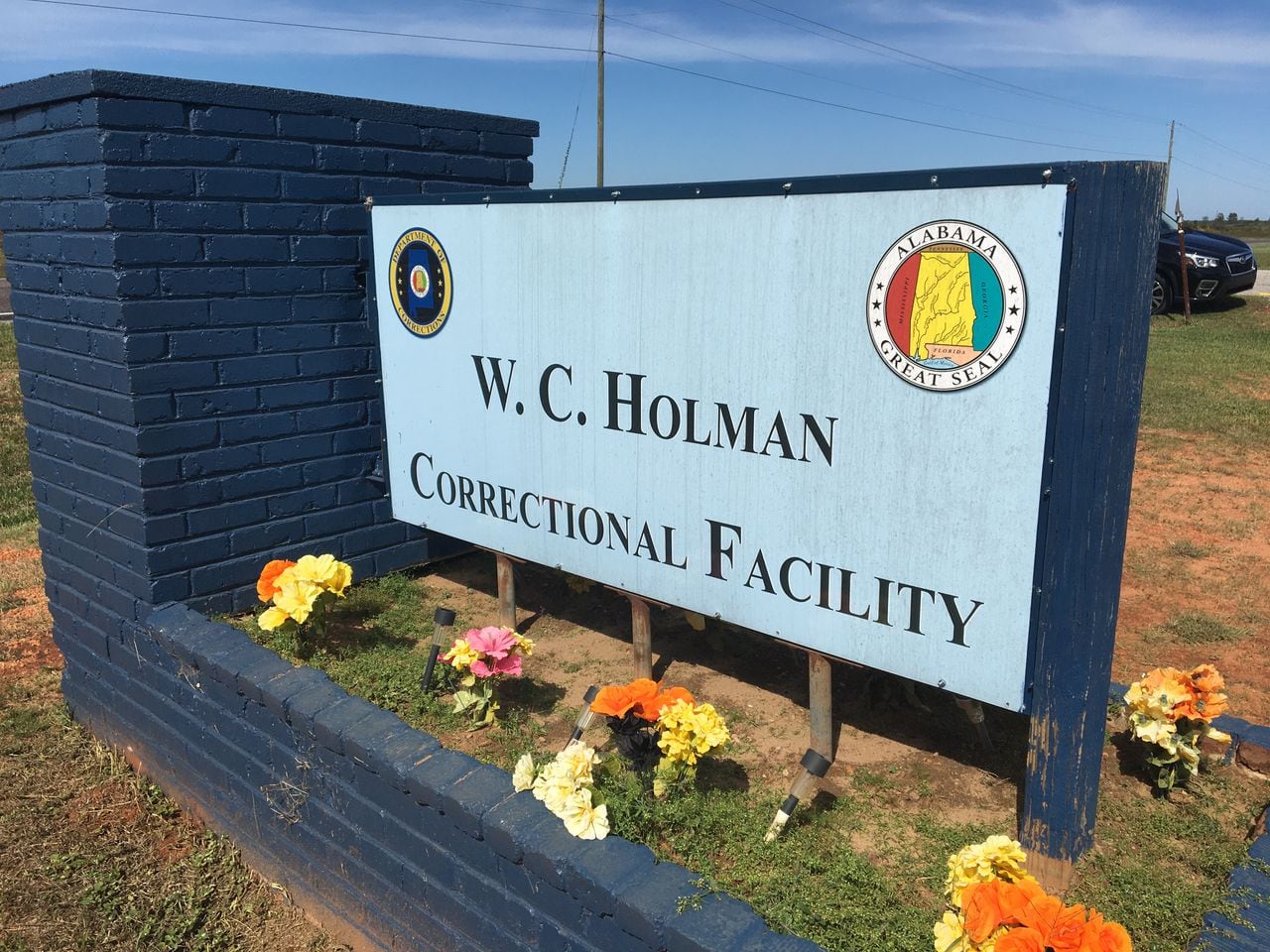Spiritual advisor for Alabama inmate Kenneth Smith demands nitrogen execution safeguards
The spiritual advisor for an Alabama Death Row inmate set to be the first person to be executed using nitrogen gas is demanding the Alabama prison system provide safeguards for him and other bystanders.
Rev. Jeff Hood, the advisor for Kenneth Eugene Smith, provided al.com with a letter his lawyer sent to the warden of William C. Holman Correctional Facility, where state executions are conducted, and to Alabama Department of Corrections Commissioner John Hamm.
“Nitrogen hypoxia is a novel execution method,” reads the letter. “Use of this deadly gas, unlike lethal injection, poses a high risk of exposure to all bystanders. As such, its use requires special safeguards to protect all bystanders and observers…”
Hood demands sources of readily available oxygen, training on how to access that oxygen, and oxygen-monitoring meters.
In August, the Alabama Department of Corrections released a redacted version of its protocol for the new method. It revealed that an inmate would inhale nitrogen gas through a tightly fitted gas mask, with no source of oxygen. The inhalation of pure nitrogen is designed to lead to an inmate’s death, but the method hasn’t been tested.
If the execution set for next Thursday evening (Jan. 25) or early Friday morning happens, it will be the first official execution using nitrogen gas.
According to forms signed by Hood and sent to the department, the prison claimed that oxygen sensors would be installed on the execution chamber walls to ensure safety for any officers, spiritual advisors, or other people in the execution chamber. Those forms, obtained by AL.com, state: “However, in the highly unlikely event that the hose supplying breathing gas to the mask were to detach, an area of free-flowing nitrogen gas could result, creating a small area of risk…” The form said that area of risk would be about two feet from the mask.
The new letter from Hood’s lawyer also states the reverend’s request for the prison to save any evidence after the execution is conducted.
“In addition to these safeguards, Dr. Hood demands that you preserve all evidence involving Mr. Smith’s execution. This evidence includes physical evidence, multimedia evidence, statements of participants, readings of instruments, other documents, and any other evidence.”
Hood calls the method a danger to anyone in the execution chamber.
He also asks for independent ambulances and paramedics to be on standby outside the prison walls.
Here’s the full list of Hood’s demands:
- The presence of operational oxygen monitoring meters in the execution chamber
- The presence of a Correctional Facility employee in the execution chamber trained in maintaining the meters and interpreting the meter readings
- Training Dr. Hood how to ascertain if the oxygen monitor meters are activated
- Training Dr. Hood on how to determine if he is experiencing symptoms of nitrogen exposure
- Training Dr. Hood regarding the quickest and safest exit route from the execution chamber
- Having oxygen supply sources available so that they can be quickly reached
- Training Dr. Hood on how to quickly reach these oxygen supply sources
- Granting Dr. Hood permission to place a telephone call to his attorney
- Securing the presence of independent paramedics directly outside the execution chamber
- Securing the presence of independent ambulances at the closest possible exit to the execution chamber.
Hood said while the department confirmed they received his letter, they have yet to respond.
Smith was twice convicted by juries for the murder-for-hire of Elizabeth Dorlene Sennett in her home in Colbert County in north Alabama in 1988. Sennett, a pastor’s wife, was beaten and stabbed repeatedly. Smith, who was hired by the victim’s husband to commit the slaying, confessed to his role in the crime and has been on death row since 1996.
He was first set to die in November 2022, but the execution didn’t go forward after prison workers couldn’t get the intravenous lines needed for the three-drug lethal injection established before Smith’s death warrant expired. That failed execution attempt led to a temporary halt to executions, before the state said Smith would die by nitrogen hypoxia- a new and untested method.
